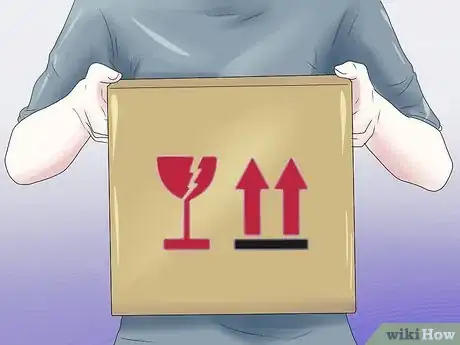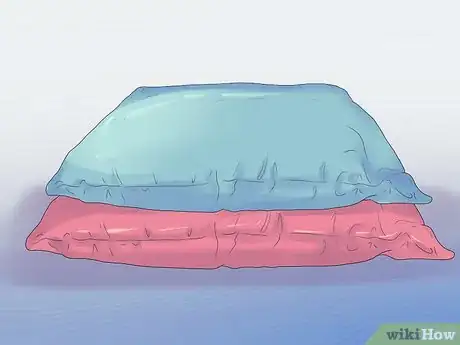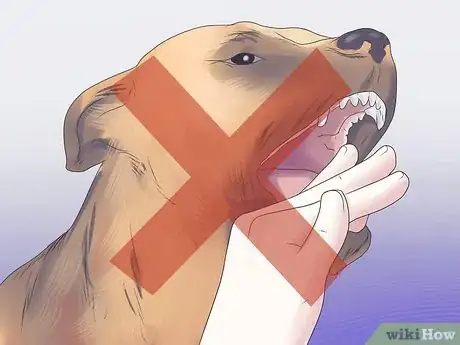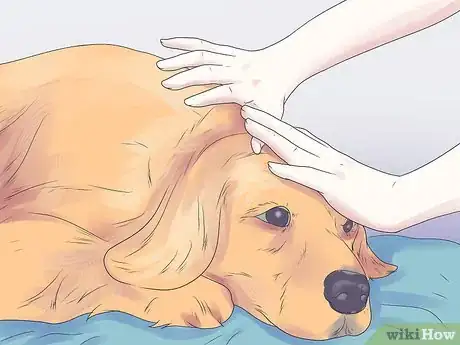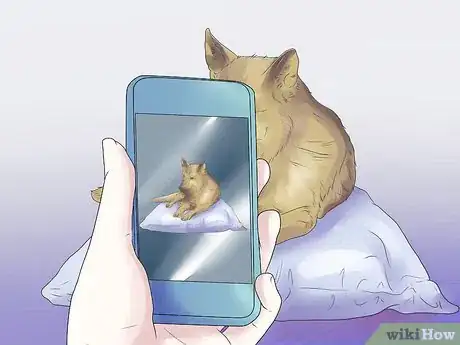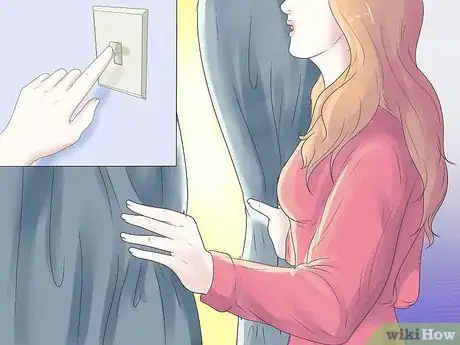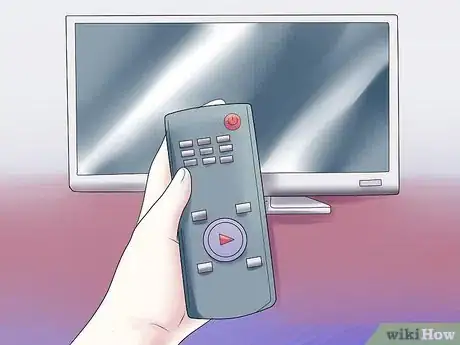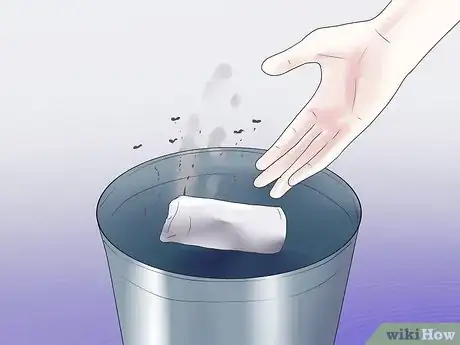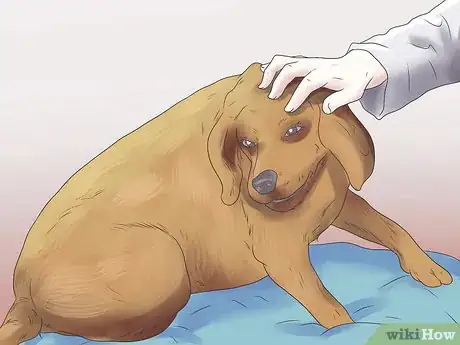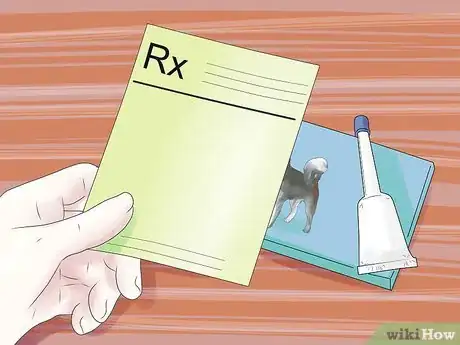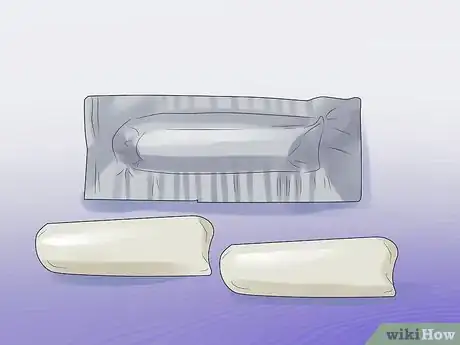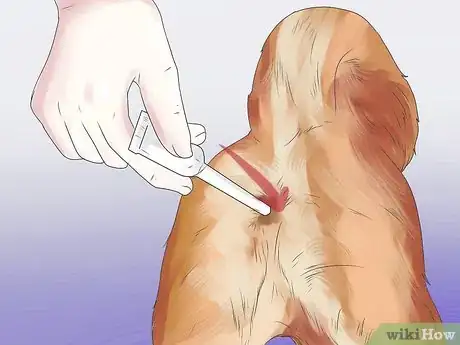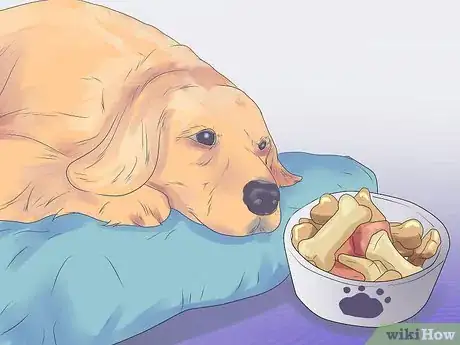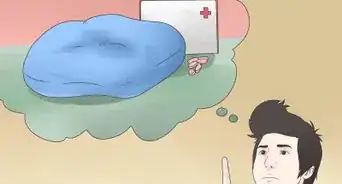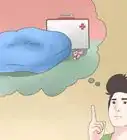wikiHow is a “wiki,” similar to Wikipedia, which means that many of our articles are co-written by multiple authors. To create this article, 9 people, some anonymous, worked to edit and improve it over time.
wikiHow marks an article as reader-approved once it receives enough positive feedback. In this case, 94% of readers who voted found the article helpful, earning it our reader-approved status.
This article has been viewed 24,526 times.
Learn more...
Seeing a beloved pet in the grip of a seizure is nothing short of alarming, nerve-wracking, and downright scary. Removing stimuli from his environment, administering a tranquilizer, and caring for him after the seizure will greatly help him through this agitating time. If you can stay calm and focus on keeping your pet safe, you'll be able to help him recover in the shortest time possible.
Steps
Keeping Your Dog Safe
-
1Stay calm. During a seizure your dog will be disorientated and scared. You don't want to add to his stress by getting hysterical, shouting, or otherwise reinforcing the impression that he is right to be fearful. Alarming him only heightens his arousal and can prolong the episode. This is ultimately detrimental to a swift recovery.
- During a seizure, your dog is in a highly sensitized state; noise, light, and sometimes even touch, can trigger a new stream of electrical impulses in the brain that fuel the fit. By staying calm you can assess the situation for trigger flashpoints, and act to make the environment calm and quiet.
- Make a note of the time. As soon as your dog starts to seizure, make a note of the time, and record when the fit ends. This is useful information for the veterinarian to build up a picture of how serious (or not) the seizure was.
- Also, when a pet is in the grip of a seizure, time seems to stand still; it can be reassuring to know what felt like a lifetime was actually only a minute or two.
-
2Remove objects that could injure your dog. During a seizure, your dog will thrash around. Look around for nearby objects he might knock against and injure himself by, such as chair legs or electric fires. Where possible, move objects out of the way, rather than moving your dog – the latter will stimulate him.
- You may also wish to remove objects that you don't want broken or moved, whether they're a hazard to your dog or not.
Advertisement -
3Use cushions to protect your dog. It's easy to remove objects from the room that are light enough to pick up, but for heavier objects like tables, rest a pillow against the offending areas to provide cushioning. Blankets and towels work, too, in a pinch.
- If your dog is in danger of banging against a large object, a useful alternative is a duvet placed gently over your dog, leaving his head free.
- If he is banging his head on the floor, it is fine to slide a cushion beneath him to soften the knocks.
-
4Don't put your hand in or near the dog's mouth. It is an old wives' tale that a dog can swallow his tongue during a seizure. On no account should you put your hand in the mouth of a seizuring dog. He will not know what he is doing and bite down and not release your hand until the fit is over. It is both unnecessary and unwise to take this risk.
-
5Move your dog only if he is in danger. The only situation you should touch your dog in (apart from giving him a tranquilizer, as discussed below) is if he is in danger and his fit will lead to physical injury. If he is seizuring at the top of a flight of stairs, for example, then it is best to risk moving him and quietly slide him along the ground to a place of safety.
- "Sliding" your pup is key here. You do not want a seizuring dog thrashing in your arms, risking you dropping him and both of you getting injured. If you can, push, slide, or otherwise move him in a manner that doesn't involve lifting him up to keep both of you safe.
-
6Take a video. Once you have done everything you can do to aid your dog's recovery, shoot a short video film of the seizure event on your smart phone. This is helpful to your vet because not everything that looks like a seizure is actually a true seizure. It is immensely helpful to the veterinarian to witness the attack first hand.
- If you're too agitated to do so, have another person do this. Just make sure they stay a reasonable distance away so as to not exacerbate your dog's condition.
Minimizing Stimulation
-
1Switch off the lights and draw the curtains. A room in semi-darkness provides much less stimulation for your pup, possibly bettering and shortening the seizure. Take a look around and see what you can do to make the room as peaceful and dim as possible. At night, leave a dim light to watch the dog by.
- In simple terms, a seizure is an electrical storm in the brain. Anything that stimulates the brain, such as light, noise, smell, or touch has the potential to worsen, or even lengthen, the fit.[1]
-
2Make the room silent. This electrical storm in your dog's brain will only be heightened by outside noises. To help him get through this, turn off the TV and radio. Likewise, get everybody else to leave the room. The last thing your dog needs is an audience of shocked people gasping and talking, so get them out of the room to give the dog space and peace.
- You will need to watch your dog for your own peace of mind and to time the seizure and make sure he's okay. Stay as silent and unmoving as possible during this time to make this episode easier on him.
-
3Get rid of any smells. A dog's olfactory stimulation (his sniffer) can be quite potent, so if you have scented candles burning or a roast in the oven, takes steps to get rid of the smells. Blow out and remove the candles and open a door to improve ventilation.
- A large dog during a seizure will not be easily moved. A small dog during a seizure, while easier to handle, may still not be a good idea since touch is also stimulating and can agitate his delicate condition. It will be much easier to get rid of the odors than to move your dog.
-
4Don't be tempted to pet your dog. This is a controversial topic for some owners because they feel compelled to stroke their pet to soothe his anxiety. The risk is that touch is a form of stimulation, therefore it is probably best to leave him alone. His fit will pass quicker if you do not try to get involved.
- During a fit, at best he won't be aware you are there, and at worst, you could prolong the attack. While touching him may be soothing to you, it will unlikely be soothing to him.
Using a Tranquilizer
-
1If applicable, use a tranquilizer from a previous seizure. If your pet has had seizures before, your veterinarian may have prescribed tubes of rectal Diazepam for use during or after a fit. Diazepam is a tranquilizer and good at calming brain activity sufficiently to bring some dogs out of a fit.
- Because your dog cannot swallow oral medications during a seizure, a convenient method of delivery is rectal administration. Diazepam is well absorbed across the rectal mucosa and swiftly enters the blood stream.[2]
- A 20 kg dog requires one 10 mg rectal syringe of diazepam, as soon after the seizure starts if possible. The dose can be repeated three times during a 24 hour period.
-
2Use a rectal suppository. To instill the rectal diazepam, remove the cap from the dosing syringe and squeeze a blob of the Diazepam onto the nozzle tip in order to lubricate it. Here's how to gently and safely administer it to your dog:
- Gently hold your dog's tail away from the anus so that you can see the rectal opening.
- Place the nozzle against the central opening and with a gentle twisting motion push the neck of the treatment syringe into the rectum up to the depth of the syringes shoulders.
- With the suppository firmly seated in the rectal lumen, squeeze the tube to empty the contents into the rectum.
- Withdrawal the nozzle and throw the spent suppository away.
-
3Administer the tranquilizer as quickly as possible. The sooner you give your dog the diazepam, the sooner his symptoms will likely fade. However, do not compromise your sense of calm in your haste. Though time is important, it's more important that you do not aggravate your dog any further.
- You can also give your dog the medication after a fit to help him stay calm and prevent future episodes, especially if he is prone to cluster seizures.
Caring for Your Dog Post-Seizure
-
1Give your dog a snack. Once he recovers, your dog is likely to be hungry and thirsty. Small dogs in particular are prone to low blood glucose after a seizure, and so it is a good sign if he asks for a snack. Even if he doesn't, make food and water easily accessible.
- If he doesn't eat automatically, don't fret. Give him a minute to readjust to his environment. Rest is necessary, too.
-
2Let your dog take things at his own pace. He is bound to feel strange and disorientated for a while afterwards, so if he wants to rest quietly, let him do so. Being worn out is completely understandable and not at all a symptom that should worry you.
- Also, some dogs suffer from cluster activity, which means he is more likely to have more seizures within a 24 hour period. If this is so for your dog, then keep him quiet, calm, and rested.
-
3If this is your dog's first seizure, phone your veterinarian. She will want to examine your animal and run blood tests to investigate if there is an underlying illness or problem that triggered the seizure in the first instance. Your questions will be answered, too, so you can be given peace of mind.
- Your vet will have a better grip on the situation the more detailed you are. Let her know the duration of the episode, what your dog's behavior was like, and what your pup was like immediately after the seizure, too, if you don't have a video to provide.
Community Q&A
-
QuestionMy dog has these episodes where she pants hard and trembles. Then her legs get stiff, and she can't get up. The episodes last 1.5 to 2 hours. When it's over, she acts like nothing happened. What's going on?
 Community AnswerTry to get a video of it happening and show your vet. It could be seizures, but your vet can better evaluate.
Community AnswerTry to get a video of it happening and show your vet. It could be seizures, but your vet can better evaluate. -
QuestionIs it safe to pet and comfort a dog after a seizure?
 Community AnswerYes, it is safe to comfort them even during a seizure. Just don't hold on too tightly; let them be able to move semi-freely, but also keep them from hurting themselves during the seizure. After the seizure, just cuddle them, pet them, talk to them, etc.
Community AnswerYes, it is safe to comfort them even during a seizure. Just don't hold on too tightly; let them be able to move semi-freely, but also keep them from hurting themselves during the seizure. After the seizure, just cuddle them, pet them, talk to them, etc.

